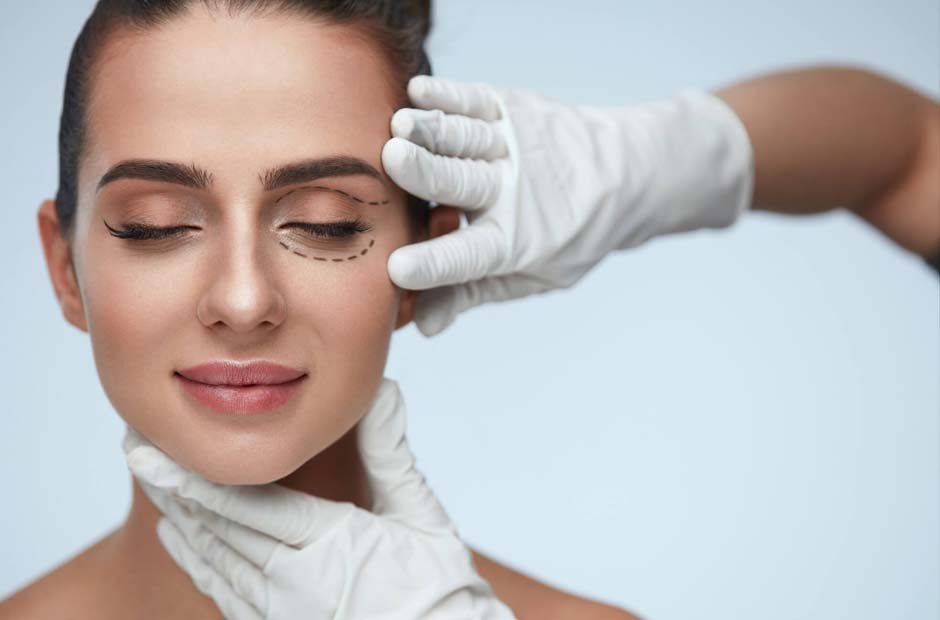Introduction: Unveiling the World of Aesthetic Surgery
Aesthetic surgery, often perceived as a pursuit of beauty, is in fact a profound fusion of science and artistry. It’s a discipline that extends beyond superficial enhancement, delving into the realms of reconstructive mastery. This domain of medicine is not only about altering appearances but about restoring function and symmetry, often after trauma or congenital anomalies.
The Surgeon’s Role in Aesthetic Transformation
At the heart of this transformative process is the surgeon, a skilled artist and scientist in one. A prime example of such expertise can be found with a cosmetic surgeon Hills District, where the fusion of technical skill and artistic insight is vividly evident. These surgeons are trained not just in the intricacies of surgery but in the delicate balance of aesthetics, ensuring results that are as functional as they are visually pleasing.
Technological Innovations in Aesthetic Surgery
The field of aesthetic surgery is constantly evolving, with technological advancements playing a pivotal role. The use of cutting-edge tools and software for 3D imaging and virtual reconstructions allows for meticulous preoperative planning. Such innovations have significantly improved the precision of surgical techniques, ensuring outcomes that are both aesthetically appealing and medically sound.
Ethical Considerations and Patient-Centric Care
Aesthetic surgery is grounded in ethical practice and patient-centric care. Surgeons must navigate the delicate balance between patient desires and realistic outcomes. It’s essential to engage in thorough consultations, establishing a clear understanding of the patient’s expectations and the potential risks and benefits of the procedure. This ethical approach ensures that the patient’s wellbeing is always at the forefront.
Tailored Approaches for Individualized Results
Recognizing that each patient is unique, aesthetic surgery demands a tailored approach. Customized treatment plans are essential, taking into account individual factors such as age, skin type, and overall health. This personalized approach is particularly important for procedures like a reconstructive facelift, where tailoring the treatment to the patient’s unique needs ensures the best possible outcomes and a natural-looking result. This personalized approach ensures that the results not only enhance appearance but also complement the patient’s individual features and lifestyle.
The Recovery Journey and Postoperative Care
Postoperative care is a crucial phase in the journey of aesthetic surgery. This period is essential for healing and achieving the desired aesthetic results. Surgeons and their teams provide comprehensive care, advising on everything from wound care to lifestyle adjustments during the recovery period. Effective postoperative care is key to the success of the surgery and the satisfaction of the patient.
Psychological Impact and Transformative Effects
The impact of aesthetic surgery goes beyond physical transformation; it often has profound psychological effects. Patients frequently report enhanced self-esteem and confidence following their procedures. However, it’s vital for surgeons to assess the psychological readiness of their patients and provide support, ensuring a positive and transformative experience.
Innovation and the Future of Aesthetic Surgery
The future of aesthetic surgery is marked by continuous innovation and research. Ongoing advancements in techniques and materials promise more effective, safer, and longer-lasting results. The focus is increasingly on minimally invasive procedures that offer reduced recovery times and lower risk of complications.
The Art and Science of Reconstructive Enhancement
Aesthetic surgery, in essence, is an art form grounded in scientific principles. It’s a field that not only enhances beauty but also restores function and improves quality of life. As it continues to evolve, driven by technological advancements and ethical practices, it stands as a testament to the incredible capabilities of modern medicine and its profound impact on individual lives.
















